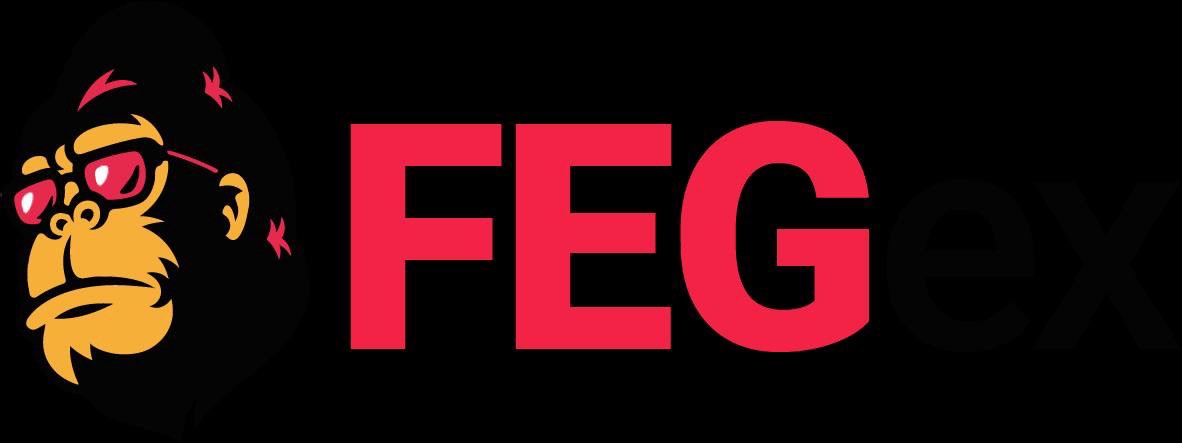You can determine the strength of a Pulsed electromagnetic field through its intensity, waveform, and frequency. Mostly, PEMF devices create an electromagnetic field of low frequency. How do you know that a frequency is high or low? The unit for measuring frequency is Hertz (Hz). Most PEMF devices use a frequency range between 1 Hz to 10,000 Hz. Visit Healthyline Outlet to get your desirable devices. Few devices exceed the upper limit. The very-low-frequency devices use a frequency that does not exceed 3000 Hz. What frequency should PEMF be used? It depends on the body’s condition.Why Does Frequency Matter?
Understanding the frequency is important because the earth emits a huge band of frequencies. Every cell in your body responds differently to different frequencies. Your brain works on electrical signaling. Different frequencies induce various nerve cells to react accordingly. The same goes for the treatment of various ailments. A PEMF flux with a broad frequency has good scope to impact millions of cells. PEMF frequencies are close to the earth’s natural frequencies to enhance the body’s healing in a natural mechanism.
Which Is The Best PEMF Frequency?
The answer to this query is tricky. There is no one-size-fit-all formula for PEMF devices. Frequency is not the only parameter to determine the efficacy of a device. These are a few other things to consider, for instance, intensity and wavelength.
Studies show that PEMF works efficiently in low frequencies combined with specific intensities and waveforms. The low-frequency range of 6 to 500 Hz pairs well with high intensities to create a desired biological effect. The low-frequency radiations have a nonionizing and nonthermal nature. Generally, the clinical settings apply the radiations of frequency 100 Hz with a magnetic flux density from 0.1 mT to 30mT.
Waveforms are another important aspect for the effectiveness of PEMF. The radiations include various waveforms such as rectangular, quasi-rectangular, asymmetrical, and sinusoidal. Each waveform has its unique effectiveness profile. For example, quasi-triangular and quasi-rectangular are considered best for treating fractures.
Frequency and Intensity Combination
Most PEMF users report the following combinations to work best for them.
● A low frequency paired with a high intensity
● A high frequency with a low intensity
Which combination is better for you? It depends on which body part you want to cure and for which illness. For instance, for the treatment of fractures; as there is a thick layer of skin on them, a low-intensity field would be less effective. Otherwise, it would take more time to cure. So, low frequencies with high intensities are suitable for the treatment of osteoporosis and delayed bone union. In the same way, high frequencies and low intensities are suitable for the treatment of pain and soft tissues including muscles and tendons.
In short, there is no one best frequency. Different patients use a range of frequencies for a range of diseases. There is no one frequency that you can always use. One frequency does not prove effective for one person; could prove highly effective for the other patient.
Secondly, it is wrong to say that only earth-based frequencies (7.8 Hz) are best to use. The earth emits a wide frequency range (1 to 100 Hz). Each of these offers benefits to the human body.
The following chart contains information regarding the frequencies that patients may use for different health issues.
| Medical Condition | Treatment Session in Minutes | Frequency in Hz |
| Fracture | 20 | 10-20 |
| Osteoporosis | 20 | 8-19 |
| Fibromyalgia | 20 | 18 |
| Hypertension | 20-40 | 1-5 |
| Sleep disorder | 10-20 | 1-5 |
| Stress | 15 | 3-5 |
| Depression | 10 | 3-20 |
Conclusion
To conclude, there is no one perfect PEMF frequency. Every disease has its requirements. The efficacy of a device depends on other parameters and its construction.





